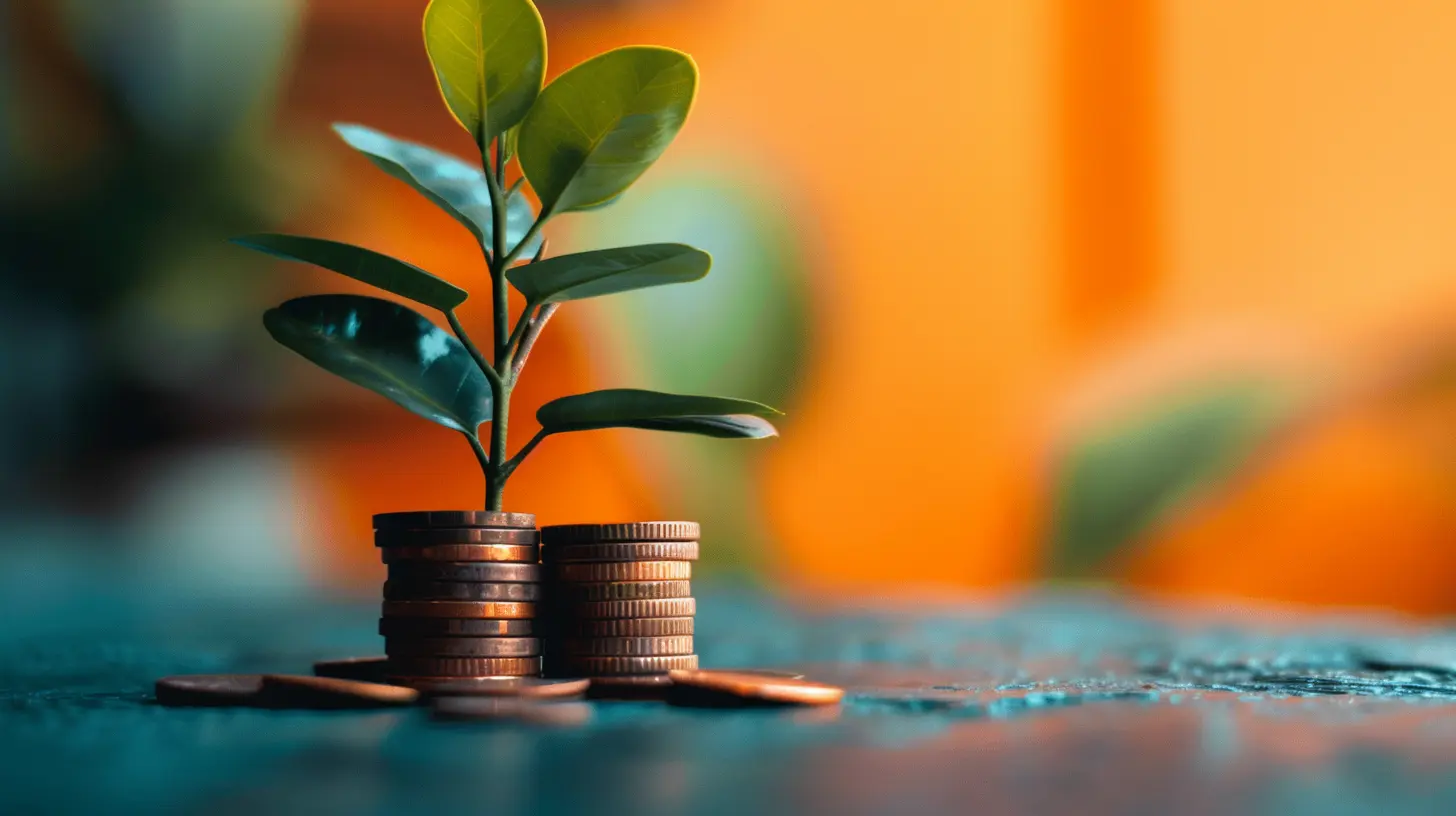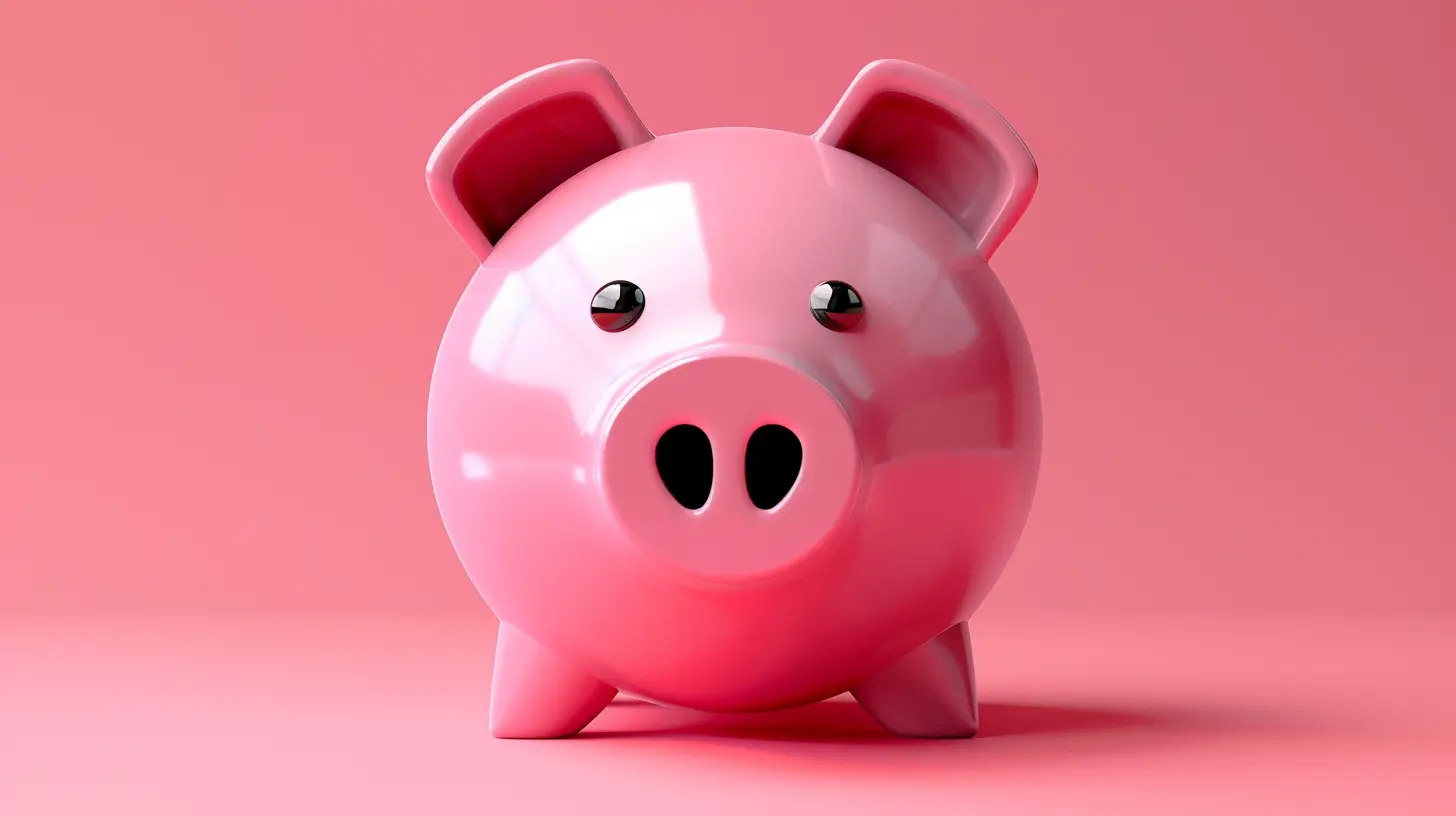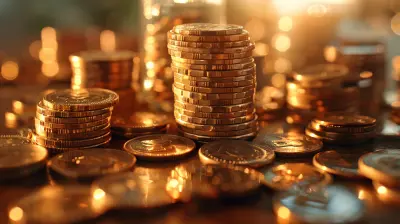How Interest Rates Shape Your Credit Card Debt
31 May 2025
Credit cards can be a lifesaver when you're short on cash, but if you’re not careful, they can also turn into a financial nightmare. Ever wondered why your credit card balance seems to grow even when you're just making the minimum payment? The culprit is interest rates—a silent debt accelerator.
Understanding how interest rates impact your credit card debt is crucial for managing your finances effectively. This article will break it all down in simple terms, so you can make smarter decisions and avoid getting trapped in a cycle of debt. 
What Are Credit Card Interest Rates?
Before diving into how they shape your debt, let's first understand what credit card interest rates are.A credit card’s interest rate, also called the Annual Percentage Rate (APR), is the cost of borrowing money. If you carry a balance from month to month, the bank or lender charges you interest based on that APR.
Unlike a mortgage or car loan, credit card interest isn’t fixed—it compounds, meaning the interest you owe can grow exponentially over time.
Types of Credit Card Interest Rates
Credit cards don’t just have one interest rate; they often have multiple rates depending on how you use the card. Here are the main ones:- Purchase APR – The interest rate applied to regular purchases if you don’t pay your balance in full each month.
- Cash Advance APR – Charged when you withdraw cash from your credit card. This is usually much higher than the purchase APR.
- Balance Transfer APR – The rate applied when you transfer a balance from one card to another. Sometimes, banks offer promotional 0% APR for a few months.
- Penalty APR – This is triggered when you miss a payment. It’s significantly higher than the standard APR and can make debt even harder to manage.
Now that we know what credit card interest rates are, let’s dive into how they impact your debt. 
How Interest Rates Affect Your Credit Card Debt
1. Higher Interest Means You Pay More Over Time
Let’s say you owe $1,000 on a credit card with a 20% APR, and you only make the minimum payment of $25 per month. Sounds reasonable, right? Think again.With interest compounding each month, you could end up paying hundreds of dollars in extra interest, and it could take you years to pay off that balance.
The higher the APR, the more you owe over time. So, if your credit card has a very high-interest rate, that small balance can quickly balloon into an overwhelming amount.
2. Minimum Payments Keep You Stuck in Debt
Credit card companies love minimum payments—they make them sound helpful, but in reality, they're designed to keep you in debt longer.Minimum payments typically cover only a small percentage of your balance and just enough to satisfy interest charges. That means if you only pay the minimum every month, you could end up in a never-ending cycle where most of your payment goes toward interest, not the actual balance.
Think of it like bailing water out of a sinking boat with a tiny bucket—it helps a little, but you're not solving the problem.
3. Compound Interest—The Silent Debt Killer
One of the scariest things about credit card debt is compound interest. Unlike simple interest (which only applies to the original balance), compound interest charges interest on both the balance and any unpaid interest from previous months.This means your debt can snowball if you’re not paying it off aggressively.
Example:
- You owe $2,000 on a credit card with 18% APR
- If you make no payments, the interest will keep adding to your balance
- A year later, you could owe over $2,360—and that’s without spending another dime!
That’s why credit card debt can become overwhelming so quickly.
4. Introductory 0% APR Offers Can Be a Trap
Some credit cards offer 0% APR promotions for balance transfers or new purchases. While this sounds like a great deal, it can lead to problems if you’re not careful.If you don’t pay off the balance before the promo period ends, the regular APR kicks in, and suddenly, you’re stuck paying interest on the original amount!
It’s like getting a free trial on a subscription and forgetting to cancel—it seems harmless until you check your bank statement. 
How to Protect Yourself from High Credit Card Interest
Now that you see how interest rates shape your credit card debt, let's talk about strategies to keep debt under control.1. Always Pay More Than the Minimum
If possible, aim to pay more than the minimum payment each month. Even an extra $50 can make a huge difference in cutting down interest charges and shortening your payoff time.2. Consider a Balance Transfer (But with Caution!)
If you’re struggling with high-interest debt, a balance transfer to a 0% APR card can help. Just make sure you:- Pay off the transferred amount before the promo period ends
- Watch out for balance transfer fees (typically 3-5%)
- Avoid racking up new debt on the old card
Used wisely, a balance transfer can buy you time to pay off your debt without interest piling up.
3. Negotiate for a Lower Interest Rate
Most people don’t realize this, but you can actually call your credit card company and ask for a lower interest rate—especially if you have a good payment history.Card issuers would rather lower your rate than lose you as a customer. A simple phone call could save you hundreds of dollars in interest.
4. Use a Debt Payoff Strategy
There are two popular methods for paying off credit card debt:- The Snowball Method: Pay off the smallest debt first while making minimum payments on others. Once it’s gone, move to the next smallest. This gives you quick wins and keeps you motivated.
- The Avalanche Method: Focus on paying off the card with the highest interest rate first. This saves you more money in the long run.
Both strategies work—it just depends on what keeps you motivated! 
Final Thoughts
Credit card interest rates can be a silent killer of financial freedom if you're not careful. The more you understand how they work, the better you can control your debt instead of letting it control you.By making more than the minimum payment, reducing your interest rate, and using smart repayment strategies, you can avoid the trap of never-ending credit card debt.
Remember, a credit card is a tool—not a crutch. Use it wisely, and it can work in your favor. Use it carelessly, and you might find yourself drowning in debt before you even realize it.
So, next time you swipe, ask yourself: Can I pay this off in full? If the answer is no, it’s time to re-think your spending habits!
all images in this post were generated using AI tools
Category:
Interest Rates ImpactAuthor:

Yasmin McGee
Discussion
rate this article
2 comments
Brianna Baker
Understanding the interplay between interest rates and credit card debt is crucial for financial health. Higher rates can exponentially increase your debt burden, making timely payments essential. Prioritizing low-interest options and budgeting wisely can mitigate risks, ensuring that credit serves as a tool for growth rather than a source of stress.
June 8, 2025 at 2:30 AM

Yasmin McGee
Thank you for your insightful comment! Understanding the dynamics of interest rates and credit card debt is indeed vital for maintaining financial health. Your emphasis on timely payments and wise budgeting is crucial advice for consumers.
Raegan Blevins
This article brilliantly highlights the critical link between interest rates and credit card debt. Understanding this connection can empower us to make smarter financial choices. Thank you!
June 1, 2025 at 3:37 AM

Yasmin McGee
Thank you for your feedback! I'm glad you found the connection between interest rates and credit card debt insightful. Empowering readers to make informed financial choices is our goal!


